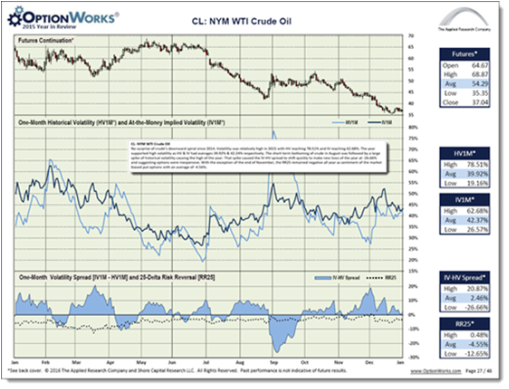
- Commodities are often quoted in U.S. dollars, making commodities cheaper or more expensive to the rest of the world based on the direction of the dollar.
- The 12-month and 36-month rolling correlations of $DXY to S&P GSCI note an increasing negative correlation.
- Longer-term directional moves of the U.S. dollar may imply the general direction of commodities as a sector.
READ MORE
Follow Mark Shore on Twitter, Facebook and Linkedin
Copyright ©2016 Mark Shore. Contact Mark Shore for permission for republication at [email protected] Mark Shore has more than 25 years of experience in the futures markets and managed futures, publishes research, consults on alternative investments and conducts educational workshops.www.shorecapmgmt.com
Mark Shore is also an Adjunct Professor at DePaul University’s Kellstadt Graduate School of Business, where he teaches the only known accredited managed futures course in the country. He is also a Board Member of the Arditti Center for Risk Management at DePaul University.
Past performance is not necessarily indicative of future results. There is risk of loss when investing in futures and options. Futures and options can be a volatile and risky investment; only use appropriate risk capital; this investment is not for everyone. The opinions expressed are solely those of the author and are only for educational purposes. Please talk to your financial advisor before making any investment decisions.







 RSS Feed
RSS Feed
